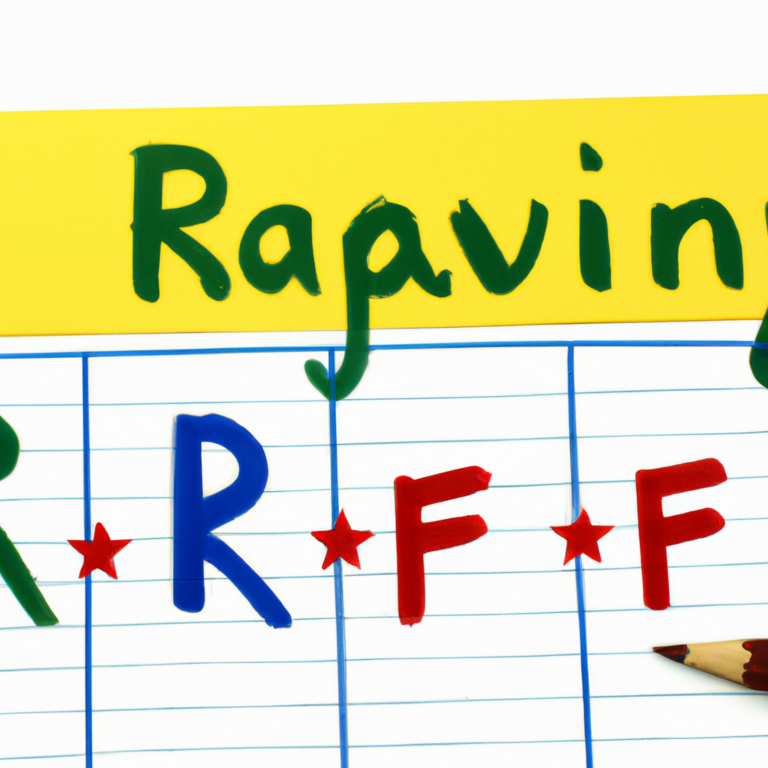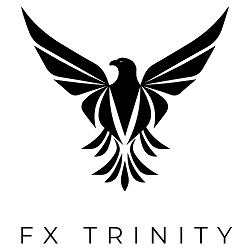Introduction to Financial Education Tools
In today’s fast-paced world, financial literacy has become a necessity. As we navigate through different stages of life, being financially savvy helps in making informed decisions related to investments, savings, loans, and budgeting. Thankfully, the digital age has blessed us with a plethora of financial education tools designed to enhance our understanding of financial concepts and improve our money management skills. These tools range from websites and mobile apps to online courses and interactive games, each with the potential to significantly impact our financial well-being.
Criteria for Rating Financial Education Tools
Before diving into the ratings, it’s essential to understand the basis on which these tools are evaluated. Several factors play a crucial role in determining the effectiveness of a financial education tool. These include:
User Interface (UI) and Ease of Use
The tool should have an intuitive and friendly user interface, making it accessible to users of all ages and backgrounds. Ease of navigation and the ability to find information quickly are key components of an effective UI.
Content Quality and Range
High-quality, accurate, and comprehensive content is fundamental. The best tools cover a wide range of financial topics, from basic concepts like saving and budgeting to more complex issues like investment strategies and retirement planning.
Interactivity and Engagement
Tools that offer interactive learning experiences, such as quizzes, games, and simulations, can enhance engagement and facilitate better understanding of financial principles.
Personalization
The ability to customize the learning experience based on the user’s financial goals, current knowledge level, and specific interests adds significant value to a financial education tool.
Cost
While there are many free tools available, some might require a subscription or purchase. The cost should be reasonable and offer good value for the features provided.
Top Rated Financial Education Tools
Based on the criteria mentioned above, here are some of the top-rated financial education tools:
Mint
Mint is an all-encompassing app that helps users track their spending, budget, and monitor their investments. Its user-friendly interface and comprehensive features make it an excellent tool for beginners looking to improve their financial literacy.
Khan Academy
Known for its wide range of educational content, Khan Academy offers detailed courses on personal finance and economics. Its strength lies in its high-quality, easily digestible video content, making complex topics accessible to all.
Personal Capital
Personal Capital caters more to users with an interest in wealth management and investment. It offers tools for tracking spending, net worth, and investment performance, alongside educational resources on investing and retirement planning.
You Need A Budget (YNAB)
YNAB’s approach to budgeting teaches users to give every dollar a job. Its educational content focuses on practical budgeting techniques and financial planning, making it ideal for individuals looking to get a firm grip on their finances.
Conclusion
The sheer variety of financial education tools available today can be overwhelming, but by focusing on quality content, user experience, and personalized learning, you can find the right tools to suit your needs. Whether you’re a complete beginner or looking to deepen your financial knowledge, there’s a tool out there to help you achieve your financial education goals. Investing time in these resources can pay dividends in financial confidence and competence.










